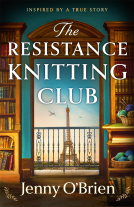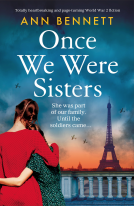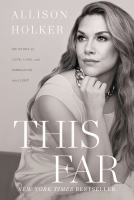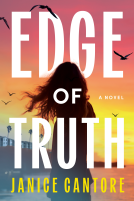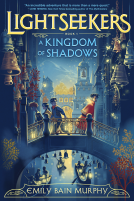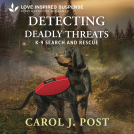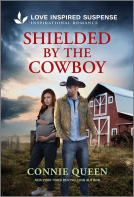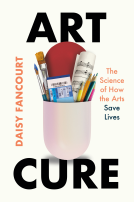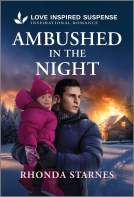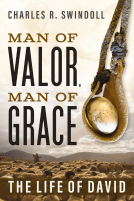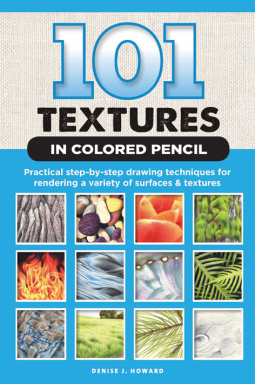
101 Textures in Colored Pencil
Practical step-by-step drawing techniques for rendering a variety of surfaces & textures
by Denise J. Howard
This title was previously available on NetGalley and is now archived.
Send NetGalley books directly to your Kindle or Kindle app
1
To read on a Kindle or Kindle app, please add kindle@netgalley.com as an approved email address to receive files in your Amazon account. Click here for step-by-step instructions.
2
Also find your Kindle email address within your Amazon account, and enter it here.
Pub Date Dec 12 2017 | Archive Date Jan 12 2018
Quarto Publishing Group – Walter Foster | Walter Foster Publishing
Talking about this book? Use #101texturesInColoredPencil #NetGalley. More hashtag tips!
Description
*Named One of the 54 Best Colored Pencil Drawing Books of All Time by BookAuthority*
There has never been a better opportunity to master textures. Knowing how to make your surfaces and textures look real is one of the most challenging aspects of creating art in colored pencil, even for experienced artists. 101 Textures in Colored Pencil provides artists with step-by-step instructions for drawing a wide variety of the most common textures and surfaces, including sand, water, metals, foliage, wood, fabrics, stone, grass, hair, and many more.
To get you started, this comprehensive guide opens with a review of tools and materials as well as basic skills, such as strokes, effects, and color mixing. Each page of instruction is a comprehensive resource on how to create a specific texture, complete with two to three easy-to-follow steps and a final, detailed image of the finished artwork. Plus, the book is organized into sections based on subject matter, so you can easily find the specific texture you're looking for. An artist's gallery in the back of the book provides examples of the textures in completed works of art.
Just a sample of the textures you will learn to render:
- People: smooth skin; aged skin; straight, curly, and wavy hair; lips
- Animals & Insects: smooth, curly, and course canine fur; elephant skin; feather; fish scales
- Fabrics & Textiles: burlap, tweed, silk, velvet, leather, lace, sequins
- Glass, Stone, Ceramics, Wood & Metal: porcelain, polished silver, hammered brass, peeling paint
- Food & Beverage: red wine, cut citrus fruit, coconut, peach, dark chocolate
- Nature: smooth and rough bark, moss, river pebbles, still and rippled lake, clouds
Available Editions
| EDITION | Other Format |
| ISBN | 9781633223400 |
| PRICE | $16.95 (USD) |
| PAGES | 128 |
Average rating from 4 members
Featured Reviews
 Holly S, Reviewer
Holly S, Reviewer
As an avid hobby artist, I am always looking to learn new techniques to use in my favorite mediums. I recommend this book, not necessarily as a beginners guide but certainly as a refresher for experienced colored pencil artists. Also, it could definitely be a huge benefit as an art teaching course book. I highly recommend it and give it an enthusiastic 4 stars.
An excellent resource for anyone interested in coloured pencils. I can see myself referring to this book on a regular basis and will be buying copies as gifts for my colouring friends. An excellent book.
 Deborah W, Reviewer
Deborah W, Reviewer
This book provides instructions on how to produce 101 textures using Prismacolor Premier colored pencils. She used white Stonehenge paper (a fine-toothed paper) and Prismacolor Premier colored pencils for all of the examples in the book. In her directions, she used the pencil names rather than describing the actual color. So we're told to "go over almost all the lemon yellow with a wash of a sharp Spanish orange" or "go over almost all the pale vermilion with a wash of a very sharp crimson lake." (The "sharp" refers to how sharp your pencil is, and "wash" refers to a technique that she described earlier.)
She assumed that you know the basics of drawing and even of using colored pencils, though she did explain the main techniques she used in making textures. There were four illustrations for each step-by-step description of how to produce a texture. Sometimes she demonstrated making a small patch of texture, like fur, but left it up to you to apply this to the animal's whole body. Other times, she demonstrated a completed object, like an eye. At the end, there was a short gallery of her finished works, and she indicated what textures from the book were in each picture.
You can see exactly what's covered in the table of contents, but she basically covered people (hair, skin, eyes, nose, lips), animals (fur, mane, scales, skin), fabrics (burlap to silk, leather, lace), woven basket, glass, stone, ceramic, wood, metal, various food textures, and nature textures like bark, grass, water, clouds, leaves, and fire. You can get an idea of how to create a texture from the directions, but this book is really most useful to a person who owns a Prismacolor Premier colored pencils set.
Readers who liked this book also liked:
Jenny O'Brien
General Fiction (Adult), Historical Fiction, Women's Fiction
Allison Holker
Biographies & Memoirs, Health, Mind & Body, Parenting, Families, Relationships



